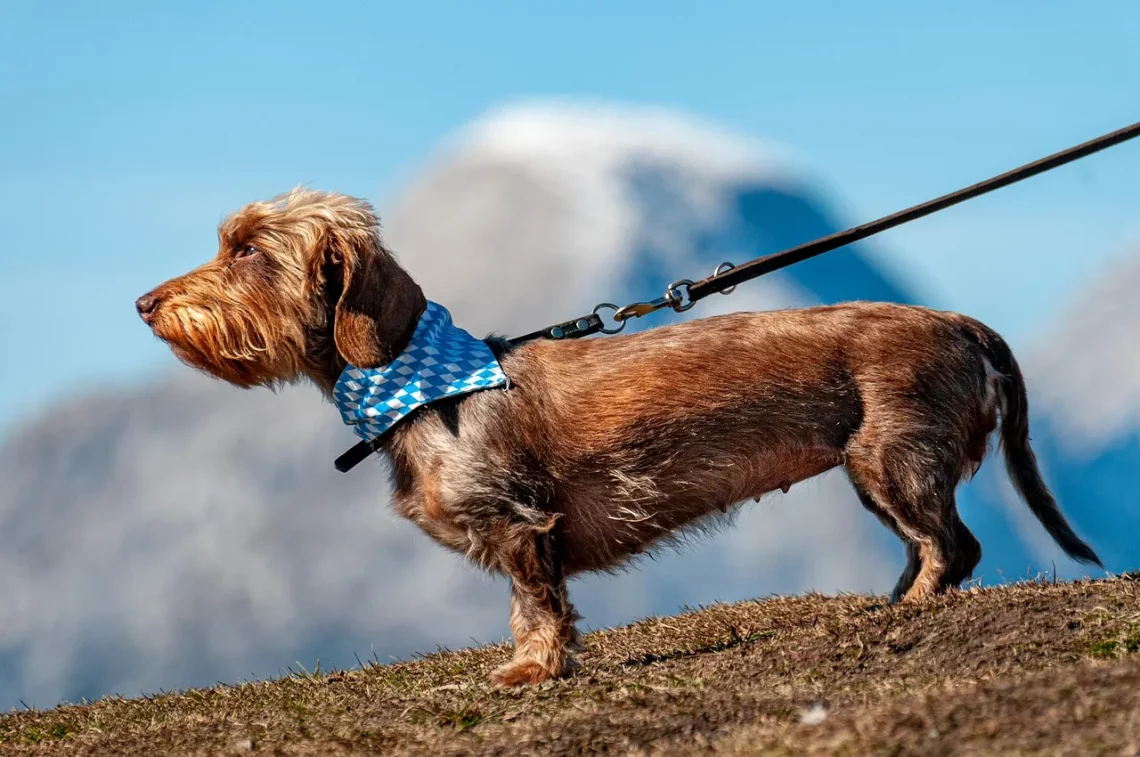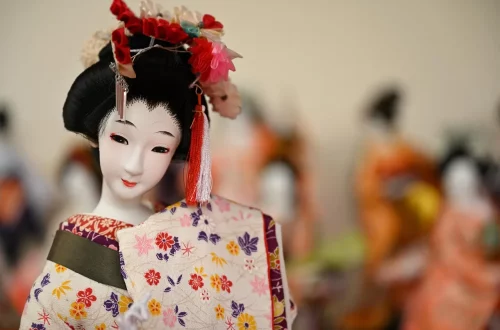
Understanding Mini Pinscher Price: What to Expect Before Buying
When considering bringing a new pet into your home, understanding the financial implications is crucial. The Miniature Pinscher, often affectionately referred to as the “Mini Pin,” is a breed that captures the hearts of many potential dog owners. With their spirited personality and charming appearance, it’s no wonder that they are a popular choice. However, the cost of acquiring and caring for a Miniature Pinscher goes beyond the initial purchase price. It involves various factors, including food, grooming, healthcare, and training expenses.
Before you make the decision to welcome a Mini Pin into your family, it’s essential to have a comprehensive understanding of what you are getting into financially. This breed, while small in stature, has big needs that require adequate budgeting. From finding a reputable breeder to understanding the ongoing costs associated with their care, it’s vital to equip yourself with all the necessary information. Knowing what to expect can help you avoid any unexpected financial burdens and ensure that you provide your new furry friend with the best life possible.
In this article, we will delve into various aspects of the costs associated with owning a Miniature Pinscher, enabling you to make an informed decision before buying one of these lively companions.
Initial Purchase Price: Factors Influencing Cost
The initial purchase price of a Miniature Pinscher can vary significantly based on multiple factors. When you consider acquiring a Mini Pin, the first thing to examine is whether to buy from a breeder, adopt from a shelter, or purchase from a pet store. Each of these avenues can lead to different price points.
Purchasing from a reputable breeder typically incurs the highest costs. Quality breeders who prioritize the health and well-being of their dogs often charge more. These breeders conduct health screenings and provide a clean, nurturing environment for their puppies. The cost of a Miniature Pinscher from a responsible breeder can range widely, but you can expect to pay anywhere from a few hundred to several thousand dollars, depending on the lineage and reputation of the breeder.
On the other hand, adopting from a shelter can significantly reduce initial costs. Shelters often charge a nominal fee that covers vaccinations, spaying or neutering, and sometimes even basic training. While the upfront cost is lower, it’s essential to consider that shelter dogs may come with unknown histories, which can sometimes lead to unforeseen medical expenses down the line.
Purchasing from a pet store is generally the least recommended option. While the initial costs might be lower, stores often source their puppies from puppy mills, which can lead to health issues and behavioral problems. Investing in a dog from a reputable source is crucial, as it can save you money on potential future health problems.
In addition to the purchase price, consider other factors such as the dog’s age, color, and any unique traits that might influence the cost. For example, a rare color or specific pedigree might command a higher price. Ultimately, it’s essential to weigh the cost against the quality and well-being of the dog you are considering.
Recurring Costs: Food, Grooming, and Healthcare
Once you have brought your Miniature Pinscher home, the costs don’t stop at the purchase price. Owning a dog entails numerous recurring expenses that you must budget for. One of the most significant ongoing costs is food. A Mini Pin has a small stature, but they are energetic and require a balanced diet to maintain their health and vitality. Quality dog food can range from $30 to $100 a month, depending on the brand and specific dietary needs of your dog.
Grooming is another essential expense to consider. Miniature Pinschers have a short coat that requires minimal grooming, but regular brushing will help reduce shedding and keep their coat healthy. Depending on how much grooming you do at home versus professional services, you might spend anywhere from $20 to $50 per grooming session. Additionally, investing in grooming tools like brushes and nail clippers can be beneficial for ongoing maintenance.
Healthcare is perhaps the most crucial recurring cost. Regular veterinary check-ups, vaccinations, and preventive medications for parasites are vital to keeping your Mini Pin healthy. On average, you should expect to spend between $200 and $500 annually on routine veterinary care. However, unforeseen health issues can arise, which may lead to additional expenses. It’s wise to consider pet insurance to help mitigate these costs.
Moreover, training is another important aspect of dog ownership. Enrolling your Miniature Pinscher in obedience classes can significantly enhance their behavior and strengthen your bond. Training classes can vary in cost, typically ranging from $100 to $300 for a series of sessions.
Potential Hidden Costs of Owning a Miniature Pinscher
When budgeting for a Miniature Pinscher, it’s crucial to consider potential hidden costs that may arise. While you might be prepared for the obvious expenses, unforeseen circumstances can lead to additional financial burdens.
One hidden cost is the potential for health issues specific to the breed. Miniature Pinschers are generally healthy, but they can be prone to certain conditions like patellar luxation and hip dysplasia. If your Mini Pin develops a health issue, the cost of treatment can quickly escalate. Regular check-ups and preventive care can help mitigate these risks, but it’s essential to be prepared for unexpected veterinary bills.
Another often-overlooked expense is pet supplies. In addition to food and grooming items, you’ll need to invest in other essentials such as leashes, collars, bedding, toys, and training aids. These items can add up, particularly if you’re purchasing quality products designed to last.
Furthermore, consider the cost of pet sitting or boarding if you travel frequently. Many pet owners don’t account for these costs when budgeting for a new pet. Finding a reliable pet sitter or boarding facility can be an additional expense, ranging from $25 to $60 per day, depending on your location and the services provided.
Lastly, it’s important to factor in the potential costs associated with dog-proofing your home. Miniature Pinschers are curious and energetic; therefore, you may need to invest in safety gates or other safety measures to prevent accidents, especially if you have children or other pets.
Long-term Financial Commitment: Planning for the Future
Owning a Miniature Pinscher is not just a short-term commitment; it’s a long-term financial responsibility. On average, a Mini Pin can live for 12 to 15 years, which means you need to plan for the long haul. As a responsible pet owner, it’s crucial to assess your financial situation and ensure that you are prepared for the lifetime costs associated with your furry friend.
Creating a budget can help you manage both expected and unexpected expenses. Consider setting up a dedicated savings account for your dog, where you can regularly deposit funds for future expenses such as medical emergencies or unexpected costs. This proactive approach can alleviate stress in the long run.
Additionally, as your Miniature Pinscher ages, their needs may change. Seniors may require special diets, medications, or more frequent veterinary visits, all of which can increase your expenses. Being prepared for these changes will help you provide the best care for your dog throughout their life.
In conclusion, understanding the financial commitment of owning a Miniature Pinscher is essential for prospective pet owners. From the initial purchase price to ongoing care and potential hidden costs, being informed will allow you to plan effectively. By budgeting appropriately and being prepared for the long-term responsibilities, you can ensure a happy and healthy life for your beloved Mini Pin.
This article is intended for informational purposes only and does not constitute medical advice. For any health concerns regarding your pet, please consult with a qualified veterinarian.




